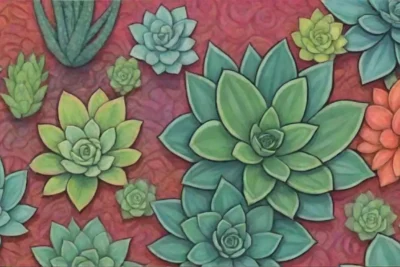
The Role of Contrast in Succulent Photography
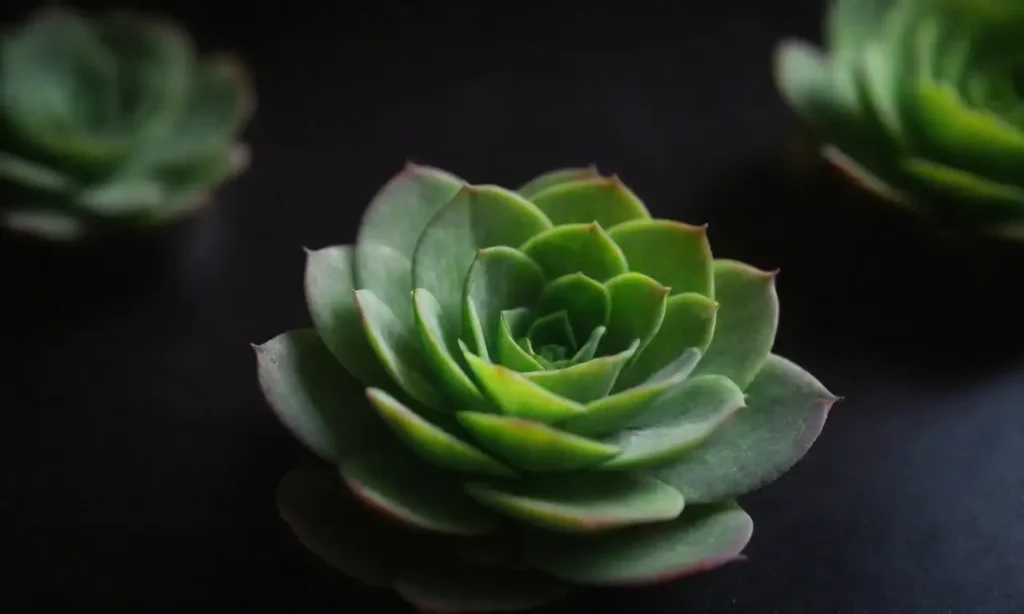
Introduction
Succulent plants, with their striking forms and vibrant colors, have taken the world of photography by storm. Their unique adaptations for water storage not only make them visually captivating but also present exciting opportunities for photographers to hone their skills. However, capturing the true essence of succulents often hinges on one fundamental principle: contrast. This article aims to delve into the significance of contrast in succulent photography, offering insights on how to effectively harness it to produce breathtaking images.
In this exploration of contrast, we will discuss its elements, how it affects the perception of succulents, tips for utilizing contrast creatively, and the role of light in enhancing these botanical beauties. By the end of this article, you will be equipped with the knowledge and techniques to elevate your succulent photography, making it not only captivating but also reflective of the unique charm that succulents possess.
Understanding Contrast in Photography
Contrast in photography refers to the difference between the darkest shadows and the brightest highlights in an image. It is essential for establishing depth, dimension, and visual interest, especially when photographing subjects like succulents. The interplay of light and shadow is critical in emphasizing the intricate details of a succulent's texture and structure. Without sufficient contrast, photographs can appear flat and mundane, failing to evoke the vibrancy and allure that these plants inherently possess.
There are several types of contrast to consider, including tonal contrast, color contrast, and textural contrast. Tonal contrast focuses on the range of light and dark tones in an image, allowing certain elements to pop out while others recede. On the other hand, color contrast involves utilizing complementary colors to create visual tension and interest. Lastly, textural contrast emphasizes the differences in the textures of different surfaces, which is particularly important when showcasing the unique patterns found on succulent leaves.
In succulent photography, understanding and implementing these types of contrast can significantly enhance the viewer's experience. The rich colors and unique forms of succulents can be accentuated using contrast, making each image a compelling visual story. The presence of strong contrast can evoke emotions, draw the eye to specific details, and create a mood that resonates with the viewer, making it an indispensable tool in a succulent photographer's kit.
The Importance of Light in Succulent Photography
Every photographer knows that light is one of the most critical elements in any type of photography. In succulent photography, lighting can make or break an image. The way light interacts with the natural shapes and colors of succulents enhances contrast, revealing the nuances of their textures and colors. It is essential to experiment with different lighting conditions to understand how they affect your images.
Natural light is often the best choice for photography, especially during the golden hour—the period shortly after sunrise or before sunset. During this time, the sun casts a warm, soft light that minimizes harsh shadows while adding a beautiful glow to your subjects. This can create a stunning contrast when photographing succulents, as the gentle light highlights the curves and textures of the plants without overwhelming them.
 Color Coordination: Making Succulents Pop in Your Photos
Color Coordination: Making Succulents Pop in Your PhotosIn contrast, harsh midday sunlight may create unflattering shadows and overexposed highlights that can detract from the essential features of the succulents. In such cases, shade can be an effective solution. By moving your subject into a shaded area, you can achieve a more balanced and pleasing contrast. Additionally, using reflectors or diffuse materials can help manage light, allowing you to manipulate contrast to your advantage.
Another important aspect of light is its direction. Side lighting can accentuate the textures and contours of the succulent, as shadows will fall on one side and highlights on the other, amplifying the botanical forms. Backlighting can also create a magical effect by illuminating the edges, almost making the succulents glow. By understanding the role of light in contrast, photographers can master the skill of showcasing succulent plants in their most fascinating forms.
Techniques to Enhance Contrast in Succulent Photography
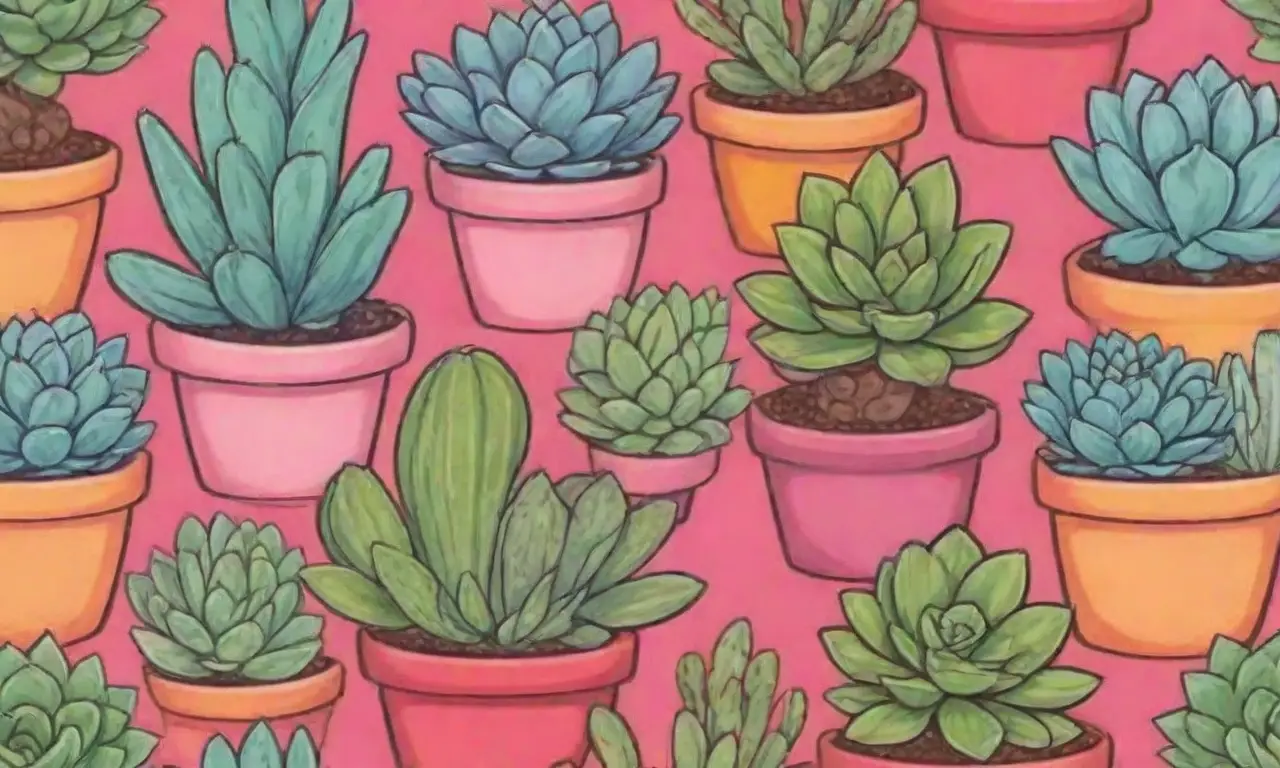
1. Utilize Color Theory
One of the simplest and most effective techniques for enhancing contrast in succulent photography is to leverage color theory. Understanding the color wheel and the relationships between colors can open a world of potential when composing your images. By placing warm-colored succulents against a cool background or vice versa, you can create a compelling contrast that draws the viewer's eye directly to the plant.
For instance, a vibrant red Echeveria might be placed against a soothing blue or green background, making the plant pop out dramatically. Similarly, a pale succulent can stand out beautifully when paired with darker, more saturated colors. This technique not only enhances visual interest but can also evoke emotions; warm colors can convey warmth and excitement, while cool colors project calmness and tranquility.
Additionally, the use of natural elements like soil or stones can contribute to the aesthetic. Dark, earthy tones of soil can provide an excellent contrast to the bright colors of succulent flowers, allowing the image to celebrate both the plant and its natural habitat. Being conscious of the color dynamics at play can significantly enrich your compositions.
2. Focus on Texture
The texture of succulents is another vital aspect where contrast can be effectively introduced. Succulents often have intricate leaf patterns, spines, and surface textures that add depth to an image. When photographing these plants, it is essential to focus on the minute details that showcase their unique characteristics.
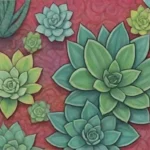 Focusing Techniques to Perfectly Capture Succulent Textures
Focusing Techniques to Perfectly Capture Succulent TexturesThe presence of smooth, glossy leaves juxtaposed with rugged, coarse surfaces can create a stark contrast that highlights the succulent's complexity. For example, consider photographing a Haworthia with its thick, waxy leaves alongside a spiky Agave. Utilizing a shallow depth of field can focus attention on these textures while blurring out distracting backgrounds.
Moreover, the use of macro photography can be especially effective at capturing the intricacies of a succulent's surface. With macro techniques, you can zoom in on the vibrant colors and intricate textural details that generally go unnoticed. The contrast between sharp details and a softened background can yield stunning results, adding a three-dimensional quality to the images.
3. Play with Composition
Composition plays a crucial role in achieving contrast within your photographs, and it’s particularly important when photographing multiple succulents. Using techniques such as the Rule of Thirds allows you to create dynamic images where the contrast between individual plants can be fully appreciated. Instead of centering your succulent, try placing it off to one side, which can create a more visually compelling narrative by allowing the background and surrounding elements to balance the composition.
Additionally, consider varying the sizes and shapes of the succulents within the frame. Mixing larger and smaller plants allows for a natural contrast that can create depth in your image. Tall, slender succulents can tower over low, broad varieties to create visual interest and guide the viewer's eye throughout the photograph.
Don't forget to utilize leading lines in your composition. For example, the lines of succulent leaves can lead to the main subject, urging the viewer to explore the frame. The effective use of negative space can also greatly enhance contrast; areas of minimal distraction can allow your main subject to shine and be the focal point of the photograph.
Conclusion
In conclusion, the role of contrast in succulent photography is immense and multifaceted. By understanding the intricacies of light, color, texture, and composition, photographers can significantly enhance their images, transforming ordinary photographs into extraordinary visual stories. The beauty of succulents lies not only in their unique shapes and colors but also in the way they interact with their environment, and by harnessing the power of contrast, photographers can reveal this beauty in all its glory.
As you take your succulent photography to the next level, remember to experiment and play with various techniques. Be mindful of how contrast affects your images and don't hesitate to push the boundaries of creativity. The world of succulents is rich and diverse—a little contrast can go a long way in capturing their essence. With practice and a deeper understanding of these principles, you'll find yourself producing stunning succulent photographs that not only capture the eye but also share the plant’s unique story. Embrace contrast as your ally, and let it guide you on your photography journey, revealing the captivating world of succulents in all their glory.
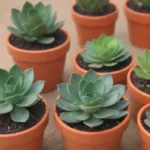 Using Smartphone Cameras for Beautiful Succulent Photography
Using Smartphone Cameras for Beautiful Succulent PhotographyIf you want to read more articles similar to The Role of Contrast in Succulent Photography, you can visit the Photography Tips category.

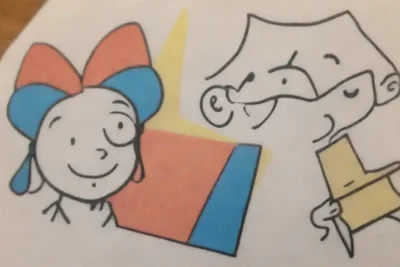


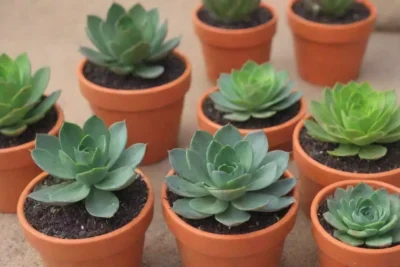
You Must Read